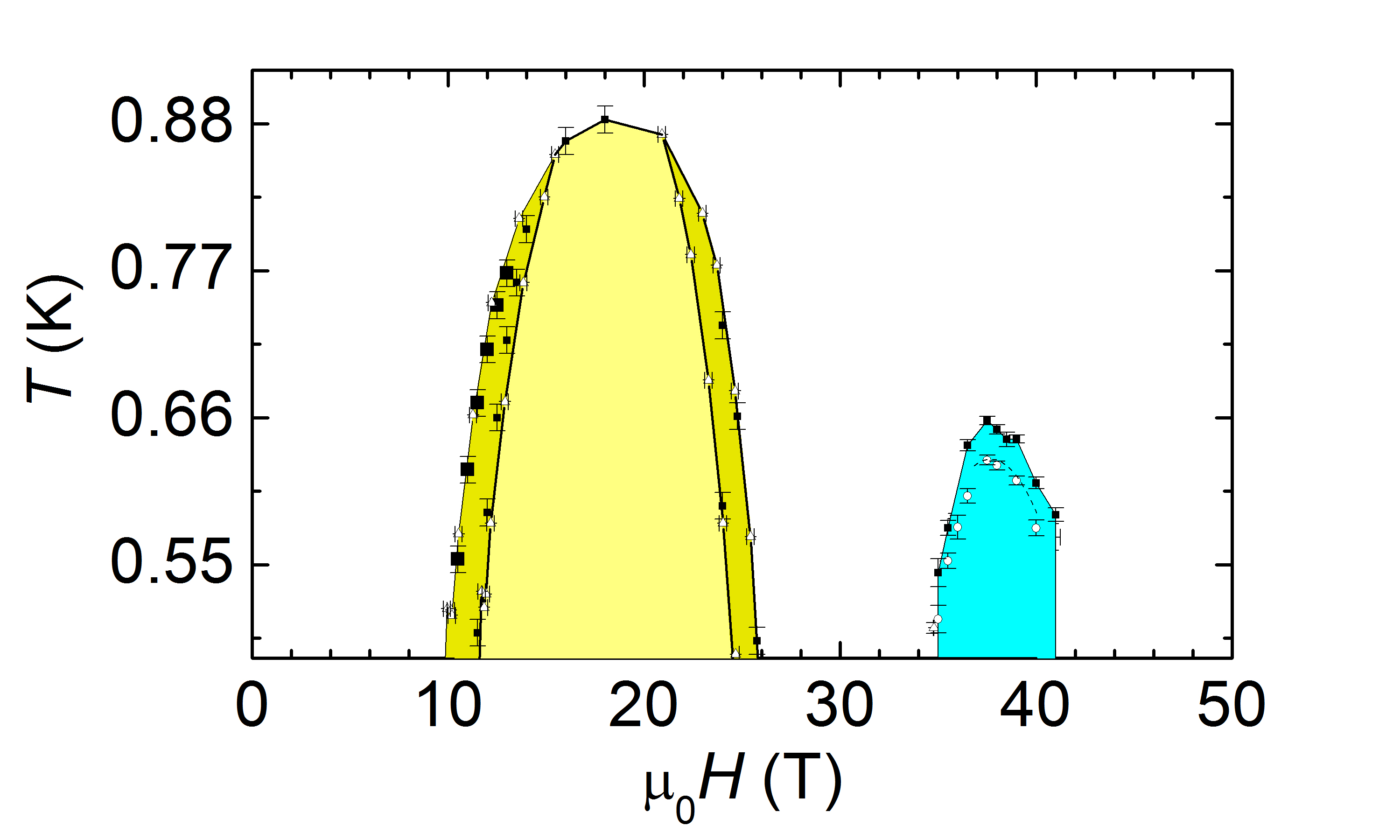 Spin-dimer compounds provide fertile ground for studying novel ordered states in the context of a magnetic material. Based on strongly coupled pairs of spins (dimers), which by virtue of the crystal structure only weakly interact with each other, antiferromagnetic intradimer exchange results in a ground state that is a product of singlets and there is a gap to excited triplet states (the spin gap). Large magnetic fields Zeeman split the triplet states and hence can close the spin gap, resulting in a state characterized by long-range magnetic order. Details of both the physical lattice and the resulting spin Hamiltonian determine the nature of this ordered state. A field-tuned quantum critical point (QCP) separates the quantum paramagnetic phase from the ordered state at the critical field. Depending on the balance of potential and kinetic energy of the triplets, the ground state can be variously approximated as a Bose-Einstein condensate (canted XY antiferromagnet), a triplet crystal (inhomogeneous Ising order) or even a supersolid. Significantly, quantum fluctuations play a prominent role in these systems, dynamically tuning various physical quantities. Our research seeks to understand the factors determining the various magnetically ordered phases observed in spin dimer compounds, and most recently, to explore the effects of disorder in these materials. The figure shows the phase diagram of the S=1 spin dimer compound Ba3Mn2O8, which exhibits successive triplet and quintuplet condensation. |
||||||
| Publications | ||||||
| A few key publications: | ||||||
Recent publications: |
Click for additional publications
Theses |
|
Back to home page |
|
|
| Fisher Research Group Geballe Laboratory for Advanced Materials Dept. of Applied Physics Stanford University CA 94305-4045 |
Last Updated: Dec 30th 2017 |